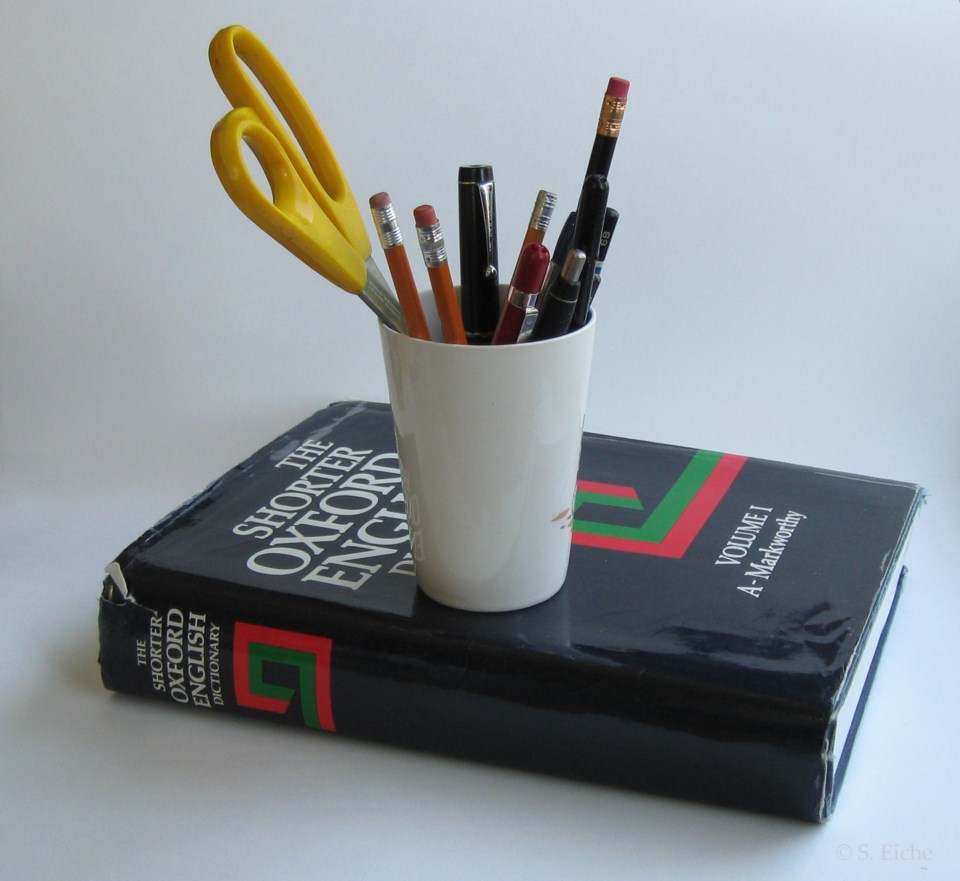Last month The Washington Post ran an article about analog trends that are “good for the soul." It was largely inspired by the work of a Canadian journalist, David Sax, who for years has been writing about the benefits of analog alternatives to digital options when it comes to lifestyle. In addition to many articles, he’s brought out two books on the subject (both available at Richmond Public Library): The Revenge of Analog (2016) and The Future is Analog (2022).
Sax explains in the introduction of his 2016 book that he defines analog in the broadest of terms as the opposite of digital. It’s “the yin to digital’s yang.” The distinction certainly makes the anecdotes constituting the bulk of his book very persuasive fodder for his argument, summed up in his subtitle: Real Things and Why They Matter. Seeing things in such a black-and-white way works well when the comparison is between, for example, film cameras and digital cameras, vinyl records and streaming music, physical books and e-books.
The more I thought about it the more I was convinced that in this digital era, a definition of analog that’s better than anti-digital or pre-digital is classic. Some people may think they detect a whiff of nostalgia here, but actually nostalgia is far out of the picture.
Let’s take the example of books – the experience of seeing, touching, reading a printed book activates many of our senses, including that of smell. Furthermore, in a physical book we can appreciate its aesthetic qualities – in the type of paper on which it’s printed, the font used, the kind of binding, which can’t be conveyed by the e-book. When we go into a bookstore or library, we can see what kind of books stand nearby on the shelves, something that I’ve found helpful when I’m researching a topic and looking for related material. The e-book doesn’t have shelf-companions. The e-book is a loner. Amazon may suggest other books on or around the subject, but I’ve learned to question Amazon’s choices and motives.
In June, the boy next door finished Grade 2 at Samuel Brighouse School. His mother was eager to show me what he’d brought home – a binder containing pages of his exercises in cursive writing. I was delighted. I’d long feared that cursive had been sacrificed for the sake of subjects the school board considered more important, many related to computer literacy. But hitting keys on a keyboard or smartphone will develop tougher skin on fingertips – it won’t develop cognitive skills or hand-eye coordination. Cursive writing will help develop these, and other skills.
My neighbour’s son loves cursive, and so does his little sister, who will be starting school this autumn. Both were fascinated with cursive script long before the boy had lessons in it at school. They called it “fancy writing.” Some people have written cursive off as old fashioned, a sign of nostalgia. But children aren’t nostalgic – they’re not old enough to long for a past. They love something purely and simply for what it is. The two children next door love drawing the lines of cursive letters because they love to be creative. And creativity is to be nurtured.
I said before that I associate analog with classic, but I also associate it with tradition. Let me explain. Nowadays most information is conveyed digitally. However, there’s so much information that hasn’t yet been tapped for digital transmission. A case in point is the approach to land conservation by managing wildfires with controlled burns – it’s a centuries-old tradition practiced by indigenous communities and is proving invaluable for fighting the fires devastating our forests right now.
Digital isn’t going to oust analog from our lives; it’s going to exist alongside it. In my opinion, we shouldn’t embrace (or dismiss) something because it’s new or old but rather decide on the basis of what it accomplishes, and to think carefully before deciding. That, by the way, is very analog advice – classic and traditional, handed out already some 450 years ago, when the saying “Haste makes waste” was first recorded.
Sabine Eiche is a local writer and art historian with a PhD from Princeton University. She is passionately involved in preserving the environment and protecting nature. Her columns deal with a broad range of topics and often include the history (etymology) of words in order to shed extra light on the subject.



